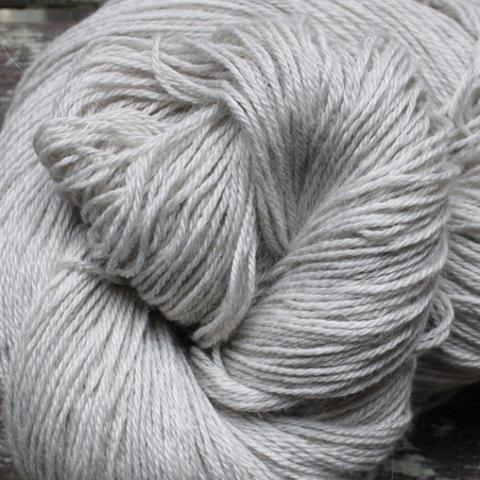What Is Cashmere and How Does It Stack Up to Other Fabrics?
What Is Cashmere and How Does It Stack Up to Other Fabrics?
Blog Article
Discovering the Numerous Sorts Of Cashmere a Natural Fiber for Ultimate Luxury
Cashmere, an all-natural fiber, is frequently related to high-end and comfort. Not all cashmere is created equal. From the richly soft Mongolian variety to the light-weight warmth of Indian Pashmina, each type provides its very own special attributes and appeal. The more budget friendly Chinese cashmere, the conventional Scottish version, and the high-end Italian blend, all tell a various story of this remarkable fiber. As we decipher the globe of cashmere, a much deeper understanding of its true value and class starts to arise.
Comprehending the Luxurious Nature of Cashmere
Cashmere, commonly associated with luxury and convenience, holds a special attraction on the planet of natural fibers. This soft, light-weight material is fancied for its remarkable warmth and impressive toughness. Unlike various other natural fibers, cashmere combines insulation with breathability, offering unrivaled comfort throughout differing temperatures. Its shiny surface and soft appearance add to its high-end charm, validating the premium rate that often comes with cashmere garments. Furthermore, cashmere's fundamental crease resistance and elasticity enhance its charm, making it a preferred choice for costs garments and devices. In spite of its fragile appearance, cashmere has an unexpected durability, able to keep its form and luxurious feel in time. This special blend of qualities cements cashmere's placement as a sign of elegance and indulgence.
Just What Is Cashmere and Where Does It Originate from?

Cashmere is obtained from the soft undercoat of cashmere goats, mainly found in Mongolia, China, Iran, and Afghanistan. This precise process adds to the shortage and high cost of cashmere. With its beginning in the rough landscapes of Asia, cashmere is a testimony to nature's capacity to create deluxe from hardship.
Deciphering the Different Types of Cashmere
Understanding the various kinds of cashmere is essential to appreciating the quality and unique characteristics of this glamorous material. Typically, cashmere is categorized right into three types: raw, virgin, and reused. Raw cashmere is straight acquired from the goat and is unprocessed. This kind typically includes contaminations such as dirt and coarse hair. Virgin cashmere, on the other hand, is the pure, unrecycled product that is rotated into yarn for the first time. It is the softest and most glamorous. Finally, recycled cashmere is made my blog from virgin material that has been formerly used. It is re-spun and utilized in generating lower-cost cashmere items. Deciphering these types is the initial step in comprehending the exclusivity and important link value of cashmere.

The Distinct Characteristics of Each Kind Of Cashmere
Having actually explored the various classifications of cashmere, it becomes noticeable that each type boasts its special set of features. Mongolian cashmere, for instance, is renowned for its superior high quality, due to Mongolia's severe winters that create longer and finer fibers. Conversely, Chinese cashmere is usually much more budget-friendly, though its shorter fibers can minimize resilience.
Why Cashmere Is the Embodiment of Luxury in Style
Cashmere holds a renowned placement in the world of style, regarded as a sign of deluxe and elegance. Its attraction is not just in its gentleness and heat, however additionally in its rarity and the precise procedure involved in its purchase. Cashmere is stemmed from the great undercoat of Himalayan goats, known for their remarkable quality fiber. The shortage of this fiber, combined with the labor-intensive process of collection, adds to its high price and exclusive condition. Cashmere's unmatched comfort and resilience make it an in-demand product in the production of premium garments. Its natural lightweight and protecting properties contribute to its value, making it the epitome of high-end in fashion.
The Process of Making Cashmere: From Goat to Garment
The trip of cashmere, from being an undercoat of a Himalayan goat to a lavish garment, is a complex one. This blend is after that meticulously separated, with just the soft down utilized for cashmere. From goat to garment, each step is a testimony to the skill, perseverance and artistry included in crafting cashmere.

Conclusion
Finally, cashmere, with its all-natural sophistication and unmatched convenience, preponderates worldwide of luxury style. Learn More Here The variety in types, ranging from the soft Mongolian, lightweight Indian Pashmina, affordable Chinese, typical Scottish, to the vivid Italian, exposes the flexibility of this natural fiber. The meticulous process of changing it from a goat to a garment additionally includes in its exclusivity, making cashmere the embodiment of refinement and high-end.
Cashmere, a natural fiber, is usually connected with luxury and convenience (is cashmere a natural fiber).Cashmere, typically associated with deluxe and convenience, holds a distinct attraction in the world of all-natural fibers. Unlike other natural fibers, cashmere combines insulation with breathability, supplying unequaled convenience across differing temperatures. Cashmere is acquired from the soft undercoat of cashmere goats, mostly discovered in Mongolia, China, Iran, and Afghanistan. Cashmere is obtained from the great undercoat of Himalayan goats, recognized for their exceptional quality fiber
Report this page